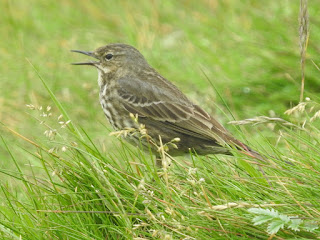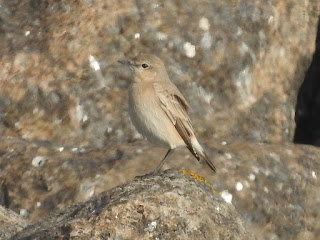Where to See Australian Wildlife in the Wild

During a recent family holiday to Australia, a key goal of mine was to see some of Australia's most enigmatic wildlife in the wild. Yet with a tight itinerary and very little time spent away from major cities, I knew this might be a difficult task. I spent the weeks preceding the trip searching online for hotspots and places where I could try to get sightings during short stops along the routes we had already planned to travel. I found information to be disappointingly scarce. Google searches about seeing Australian wildlife became constantly diluted with articles about zoos and sanctuaries where the animals could be seen in captivity. We already had several trips to sanctuaries planned, and besides I'd seen Koalas, Echidnas and Wombats in zoos in the UK. In my mind, nothing would compare to spotting a Koala in the wild, in its natural habitat. I haven't written on this blog in a long time. But the complete lack of online information on where to find Australian animals in t...




